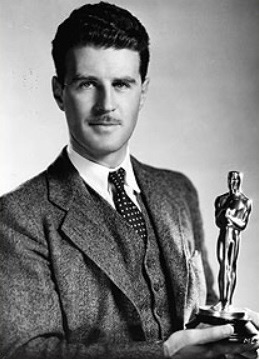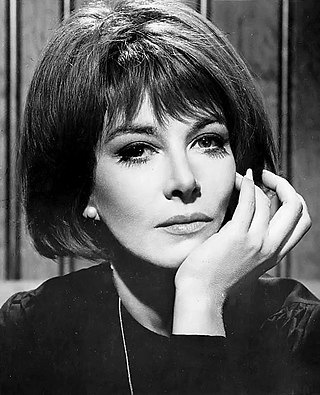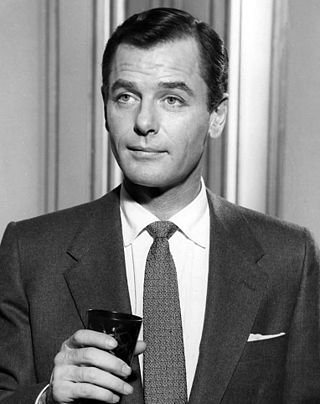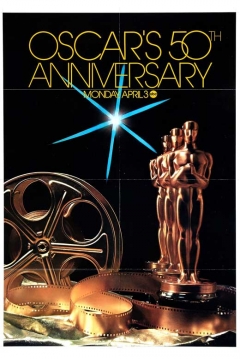Related Research Articles
The Academy Awards, commonly known as the Oscars, are awards for artistic and technical merit for the film industry. They are presented annually by the Academy of Motion Picture Arts and Sciences (AMPAS) in the United States in recognition of excellence in cinematic achievements as assessed by the Academy's voting membership. The Oscars are widely considered to be the most prestigious awards in the film industry.

Oscar Greeley Clendenning Hammerstein II was an American lyricist, librettist, theatrical producer, and director in musical theater for nearly 40 years. He won eight Tony Awards and two Academy Awards for Best Original Song. Many of his songs are standard repertoire for vocalists and jazz musicians. He co-wrote 850 songs.
The Academy Award for Best Story was an Academy Award given from the beginning of the Academy Awards until 1956. This award can be a source of confusion for modern audiences, given its co-existence with the Academy Award for Best Adapted Screenplay and Academy Award for Best Original Screenplay. The Oscar for Best Story most closely resembles the usage of modern film treatments, or prose documents that describe the entire plot and characters, but typically lack most dialogue. A separate screenwriter would convert the story into a full screenplay.
The Academy Award for Best Documentary Feature Film is an award for documentary films. In 1941, the first awards for feature-length documentaries were bestowed as Special Awards to Kukan and Target for Tonight. They have since been bestowed competitively each year, with the exception of 1946. Copies of every winning film are held by the Academy Film Archive.

Jane Wyman was an American actress. A star of both movies and television, she received an Academy Award for Best Actress, four Golden Globe Awards and nominations for two Primetime Emmy Awards. In 1960 she received stars on the Hollywood Walk of Fame for both motion pictures and television. She was the first wife of President Ronald Reagan.

Douglas Graham Shearer was a Canadian American pioneering sound designer and recording director who played a key role in the advancement of sound technology for motion pictures. The elder brother of actress Norma Shearer, he won seven Academy Awards for his work. In 2008, he was inducted into Canada's Walk of Fame.

Lee Grant is an American actress, documentarian, and director. For her film debut in 1951 as a young shoplifter in William Wyler's Detective Story, Grant earned an Oscar nomination for Best Supporting Actress and won the Best Actress Award at the 1952 Cannes Film Festival. Grant won the Best Supporting Actress Oscar for her role as Warren Beatty's older lover in Shampoo (1975).

Gig Young was an American stage, film, and television actor.

The 50th Academy Awards ceremony, presented by the Academy of Motion Picture Arts and Sciences (AMPAS), honored films released in 1977 and took place on April 3, 1978, at the Dorothy Chandler Pavilion in Los Angeles. During the ceremony, AMPAS presented Academy Awards in 22 categories. The ceremony, televised in the United States by ABC, was produced by Howard W. Koch and was directed by Marty Pasetta. Actor and comedian Bob Hope hosted the show for the 19th time. He first presided over the 12th ceremony held in 1940 and had last served as a co-host of the 47th ceremony held in 1975. Five days earlier, in a ceremony held at The Beverly Hilton in Beverly Hills, California, on March 29, the Academy Scientific and Technical Awards were presented by hosts Kirk Douglas and Gregory Peck.

The 42nd Academy Awards were presented April 7, 1970, at the Dorothy Chandler Pavilion in Los Angeles, California. For the second year in a row, there was no official host. This was the first Academy Awards ceremony to be broadcast via satellite to an international audience, though outside North America, Mexico and Brazil were the only countries to broadcast the event live.
The 24th Academy Awards were held on March 20, 1952, honoring the films of 1951. The ceremony was hosted by Danny Kaye.
Sound recordist Leslie I. Carey first hit Hollywood in 1938, where he embarked on the first of over 300 films. Some of these were A Double Life in 1947, The Naked City and Abbott and Costello Meet Frankenstein in 1948, Winchester '73 in 1950, Creature from the Black Lagoon and Magnificent Obsession in 1954, Man Without a Star and This Island Earth in 1955, The Incredible Shrinking Man (1957) and Operation Petticoat (1959). Also in the late 1950s, he worked extensively on the "Peter Gunn" TV series. Nominated six times for the Academy Awards, he won an Oscar in 1954 for The Glenn Miller Story.
Nature's Half Acre is a 1951 American short documentary film directed by James Algar. In 1952, it won an Oscar at the 24th Academy Awards for Best Short Subject (Two-Reel). The film was produced by Walt Disney as part of the True-Life Adventures series of nature documentaries, and was paired with Alice in Wonderland during its original theatrical run.

Water Birds is a 1952 American short documentary film directed by Ben Sharpsteen. In 1953, it won an Oscar for Best Short Subject (Two-Reel) at the 25th Academy Awards. The film was produced by Walt Disney as part of the True-Life Adventures series of nature documentaries. It was shot in Technicolor by more than a dozen cameramen and was created in cooperation with the National Audubon Society and the Denver Museum of Natural History.
Benjy is a 1951 American short documentary film directed by Fred Zinnemann. It won an Oscar in 1952 for Documentary Short Subject.
One Who Came Back is a 1951 American short documentary film produced by Owen Crump and the National Organization of Disabled American Veterans in cooperation with the United States Department of Defense and the Association of Motion Picture Producers, about an American soldier wounded in the Korean War, rescued from behind enemy lines and transported back to the United States. It was nominated for an Academy Award for Best Documentary Short.
The Seeing Eye is a 1951 American short documentary film produced by Gordon Hollingshead in Technicolor as a Technicolor Special about The Seeing Eye, a guide dog training school in Morristown, New Jersey. It was nominated for an Academy Award for Best Documentary Short. The Seeing Eye was preserved by the Academy Film Archive in 2006.
Gordon E. Sawyer was sound director at Samuel Goldwyn Productions. He won 3 Oscars for Best Sound and was nominated a further 13 times.
Nathan Levinson was an American sound engineer. He won an Oscar in the category Sound Recording for the film Yankee Doodle Dandy and was nominated for 16 more in the same category. He was also nominated seven times in the category Best Special Effects.

Nicholas Britell is an American film and television composer. He has received numerous accolades including an Emmy Award as well as nominations for three Academy Awards and a Grammy Award. He has received Academy Award nominations for Best Original Score for Barry Jenkins' Moonlight (2016) and If Beale Street Could Talk (2018), and Adam McKay's Don't Look Up (2021). He also scored McKay's The Big Short (2015) and Vice (2018). He is also known for scoring Battle of the Sexes (2017), Cruella (2021), and She Said (2022).
References
- ↑ "New York Times: World of Kids". Movies & TV Dept. The New York Times . 2011. Archived from the original on May 20, 2011. Retrieved May 19, 2008.
- ↑ "The 24th Academy Awards (1952) Nominees and Winners". oscars.org. October 5, 2014. Retrieved May 26, 2019.